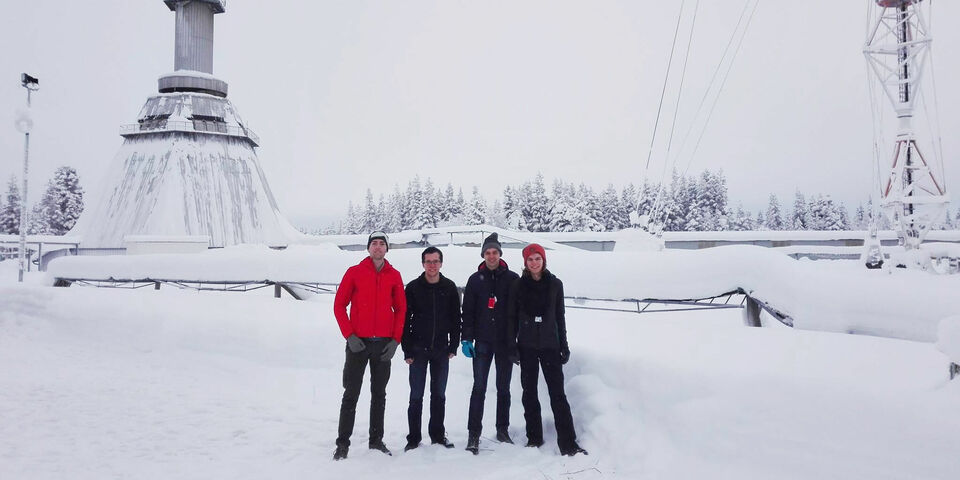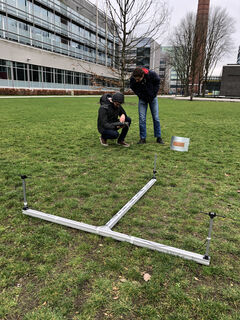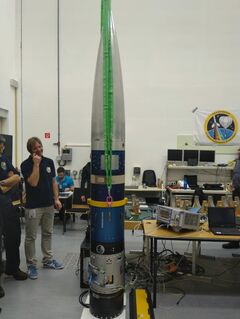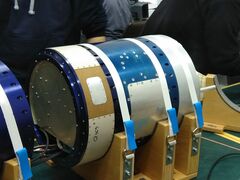Rocket launched from Sweden carries TU/e experiment
The REXUS rocket that is scheduled to launch from Sweden in March will carry an experiment in which TU/e participates. PR3 Space is a collaborative research project between TU/e, Radboud University and others on positioning and radiation measurement.
The rocket, which is scheduled to launch sometime between the 5th and 16th of March, will be in the sky for about fifteen minutes and reach an altitude of approximately one hundred kilometers. REXUS/BEXUS (Rocket and Balloon Experiments for University Students) is a European program that launches two rockets and two balloons each year, carrying a total of twenty experiments designed by student teams from different countries. Each rocket carries four or five experiments.
One of the selected experiments for the next launch is part of the research project PR3 Space, a cooperation between TU/e, Radboud University Nijmegen, the European Space Agency (ESA), and the space organizations from Germany (DLR) and Sweden (SNSB). Several master’s, bachelor’s and PhD students from TU/e are involved, mainly from the department of Electrical Engineering. They will primarily concern themselves with the implementation and research surrounding the experiments. The students from Nijmegen will cover the areas of mathematics and physics.
The researchers have designed antennas and ground stations to track the rocket’s position with a very high accuracy. Three of these antennas, each at a different frequency, are fixed to the rocket so they can send signals from space. These signals are received by six ground stations on and around the launching site. “Based on the phase differences between the signals we receive, we can calculate the position of the rocket,” PhD student Mark Wijtvliet explains.
More accurate than gps
The researchers expect to do this approximately one thousand times per second. According to Wijtvliet, this method of tracking is much more accurate than gps. “The expected accuracy is better than one meter, but we’re hoping for about ten centimeters.” He believes this method of tracking can be used for various purposes, such as tracking persons or objects.
The second sub experiment tests radiation measurement using telephone cameras, which (“with the right settings”) Wijtvliet believes are sensitive to cosmic rays. “To detect radiation, we have selected several types of camera sensors to go up with the rocket. That way, we hope to find out which type works best.” A special sensor, designed by the Techno Centre of the Radboud, will be sent into space as a reference for the measured radiation. This way, radiation can be measured on so called CubeSats (small satellites of approximately 10x10x10 centimeter), making it possible to predict a satellite’s life span more accurately without having to use a relatively large sensor.
The REXUS rocket will launch from the Esrange Space Center, near the town of Kiruna in northern Sweden, approximately 150 kilometers north of the Arctic circle.
PR3 Space team’s progress can be followed on Facebook and Twitter.
Top photo: part of the team during a training in Kiruna early 2018.





Discussion